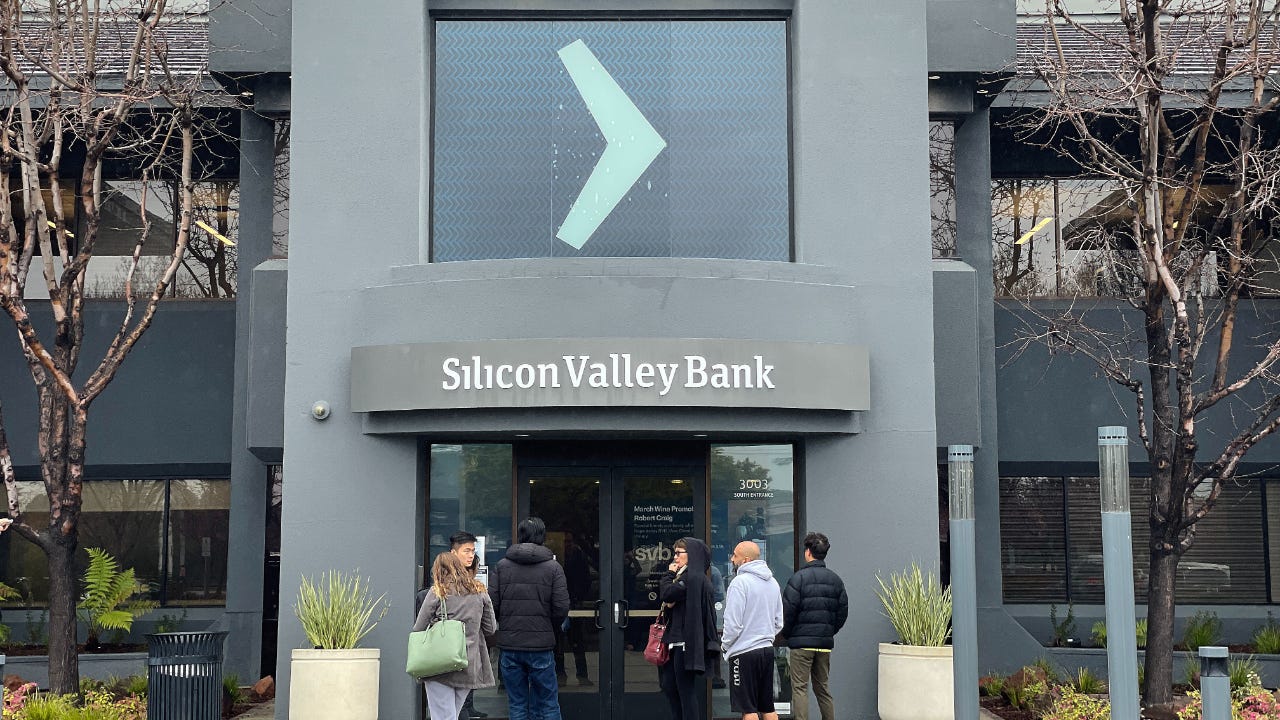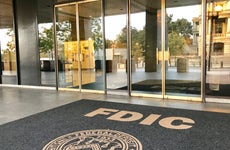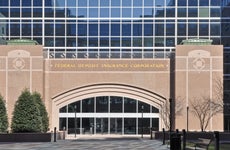What happens when a bank is liquidated?

The Bankrate promise
At Bankrate we strive to help you make smarter financial decisions. While we adhere to strict , this post may contain references to products from our partners. Here's an explanation for .
The failures of Silicon Valley Bank and Signature Bank — the second- and third-largest banking failures in U.S. history, respectively — have reignited a host of important questions for consumers: What happens if my bank fails? Are my assets safe? What happens if my bank is liquidated?
Most bank failures end in a sale. The Federal Deposit Insurance Corp. takes on the defunct bank’s troubled assets, a healthy bank buys the rest, and customers’ accounts keep right on going.
But when a buyer can’t be found, the bank must start the process of liquidating, and things can get more complicated for account holders. Here’s a rundown of that process and what to expect if you’re in this situation.
What is liquidation?
Liquidation is the process of permanently closing a bank and its branches, selling off any assets and using the proceeds to settle as many of the bank’s remaining liabilities as possible. Typically, customer accounts are closed and checks are mailed to account holders for the amount of their insured deposits.
Bank liquidation process
In a typical bank failure and sale, you may see a different name on the bank’s door and some changes to your account’s terms and conditions, but you don’t have to do much to keep money flowing in and out of your checking account.
“Essentially, the FDIC comes in on Friday afternoon after closing, relieves the existing management of authority and takes everything over, and usually by the following Monday morning they’ve reopened under the banner of the acquiring bank,” says Rebel Cole, professor of finance at DePaul University in Chicago.
But in rare cases — about 6 percent of bank failures since 2000 — the FDIC has been unable to find a buyer for the bank.
When this happens, the FDIC tries to sweeten the deal by offering just the deposit accounts for sale. If that fails, the only option left is usually liquidating the bank, cutting account holders a check for their insured deposits, and trying to help account holders move on as best they can. The FDIC is most likely to pursue this option if the bank is very small or if most of the deposits are from institutional investors or large businesses, Cole says.
The last time a liquidation happened was Sept. 13, 2013, when The Community’s Bank of Bridgeport, Connecticut, was closed down by the FDIC.
A hassle for account holders
Ultimately, getting your money back is the biggest concern in a bank failure, and the FDIC is the reason no one has lost a penny of insured deposits since the agency was founded in 1933. Still, that doesn’t mean having your checking account suddenly stop working is entirely painless.
For one thing, bank failures are sudden and unexpected — by necessity. To prevent a mass exodus from the bank before it’s taken over, the FDIC keeps its troubled-bank list a closely guarded secret.
You can deposit your paycheck on a Friday afternoon and return Monday to make a withdrawal, only to find the bank out of business for good.
After that happens, generally speaking, any payments that haven’t cleared the account, including checks, will fail. Those bounced checks won’t go against your credit, but account holders are responsible for making sure the bills are ultimately paid, not the FDIC.
Direct deposits into your account at the failed bank may also need to be quickly rerouted to a new account to avoid bouncing back.
One bright spot: Former account holders who show up to branches will find FDIC staff inside, ready to answer questions and offer whatever assistance they can.
Bridge banks can help
In some cases, the FDIC will reopen defunct banks as FDIC-controlled entities for a limited time, often with the help of a local institution, to “provide continuity of service to the depositors and minimize the problems the resolution is imposing on the institution’s depositors,” Cole says.
That’s exactly what happened in SVB’s case. The FDIC stepped in on Friday afternoon, took over the bank’s assets and created a bridge bank called Silicon Valley Bridge Bank, N.A. Depositors had access to their funds by the following Monday, according to U.S. Treasury Secretary Janet Yellen, “so they could make payroll and pay the bills.”
If a bank is big and important enough to the local economy, the FDIC may keep it going for much longer. After the California-based IndyMac Bank failed, it stayed open from July 14, 2008 until March 2009, when the deposits were picked up by OneWest Bank.
What happens if your deposits aren’t insured?
The FDIC insures deposits up to $250,000 per depositor, per account, for each account ownership category. Effectively, this means you may lose whatever amount goes above that $250,000 threshold, per account, if your bank is liquidated.
However, the FDIC said that all SVB and Signature Bank depositors would be paid back regardless of whether their deposits were insured.
This noted, Yellen has said the FDIC is not considering “blanket insurance” for depositors. Instead, lawmakers in Congress are considering raising the insurance limit, which has remained unchanged since 2010.
Claes Bell contributed to a previous version of this article.
Related Articles



